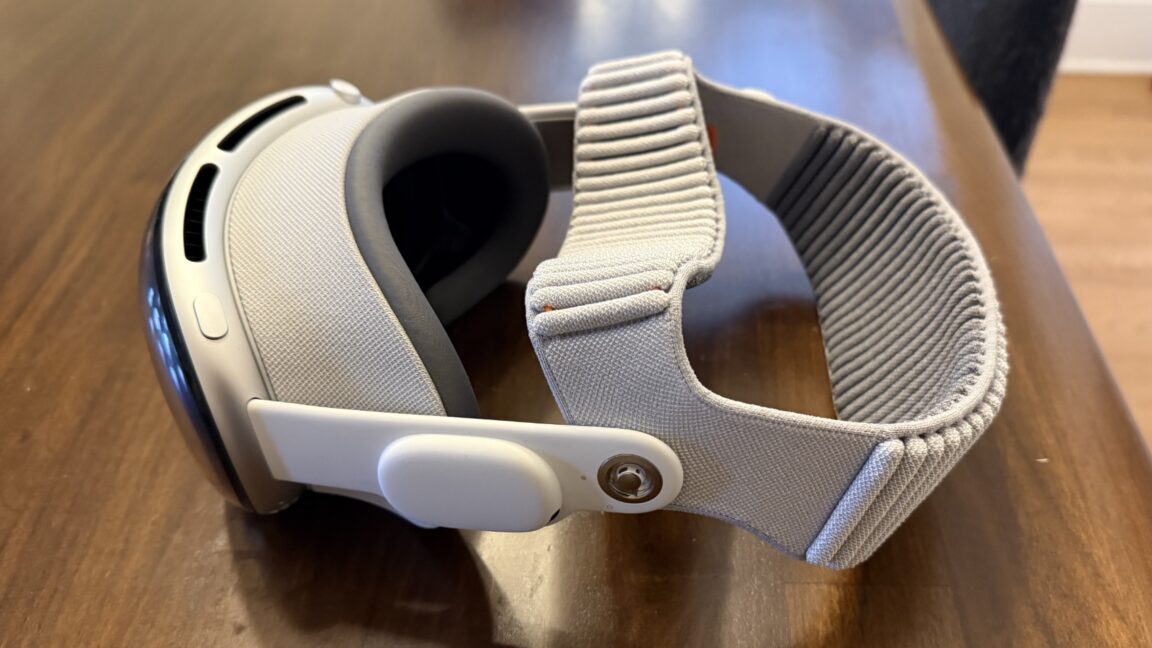
"When I got a Vision Pro, I used it a lot: I watched movies on planes and in hotel rooms, I walked around my house placing application windows and testing out weird new ways of working. I tried all the neat games and educational apps, and I watched all the immersive videos I could get ahold of. I even tried my hand at developing my own applications for it."
"As the months went on, though, I used it less and less. The novelty wore off, and as cool as it remained, practicality beat coolness. By the time Apple sent me the newer model a couple of weeks ago, I had only put the original one on a few times in the prior couple of months. I had mostly stopped using it at home, but I still took it on trips as an entertainment device for hotel rooms now and then."
Vision Pro combines advanced hardware and spatial computing features but faces limited third-party content and lukewarm developer engagement. Early adopters used it heavily for travel entertainment, immersive videos, spatial productivity experiments, games, and personal app development. Over time novelty faded and practicality constrained everyday use, reducing home usage while retaining occasional travel value. Developer and creator uptake remains insufficient to build habitual workflows or abundant content, creating a chicken-and-egg problem. Recent hardware and visionOS 26 updates show improvements, but momentum appears fragile. Rumors of a strategic pivot toward smart glasses raise concerns about long-term investment in the Vision Pro platform.
Read at Ars Technica
Unable to calculate read time
Collection
[
|
...
]